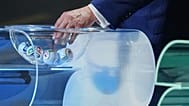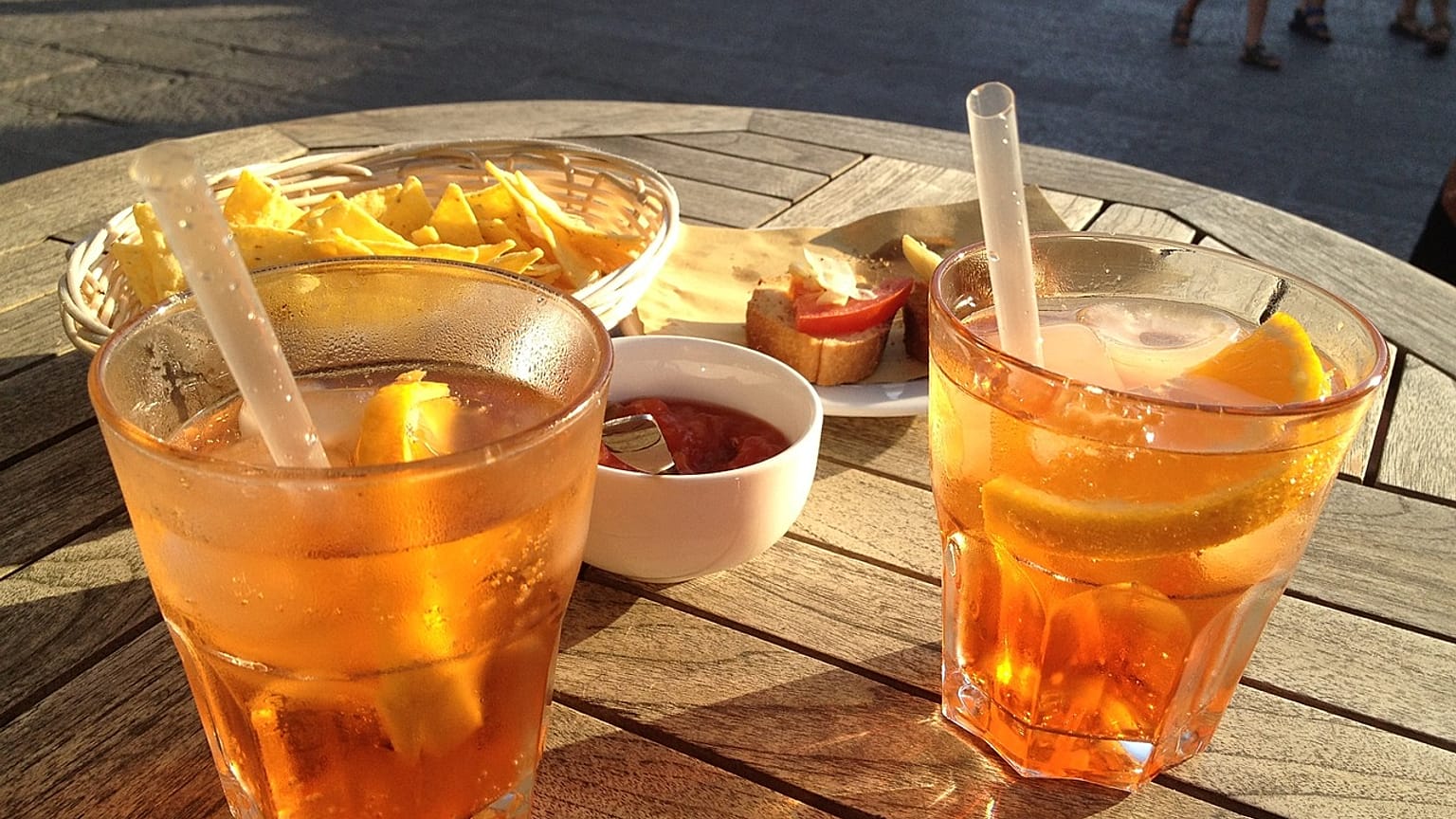Bacari are places where people normally go before lunch or dinner for an aperitif of spritz and cicchetti.
Francesco La Porta has lived in Paris for many years, but he is originally from Venice. Earlier this year, he opened a restaurant in the French capital that has brought a little slice of his hometown to the city.
Osteria Goto recreates the concept of a traditional Venetian bar - known as a bacaro - with typical food and drink. Even the name recalls the canal city - ‘goto’ is Venetian dialect for glass.
Bacari are beloved, idiosyncratic places in Venice where you’re guaranteed to find a version of the city still untainted by overtourism and over-commercialisation. Here’s how to identify a bacaro and what to order when you’re there.
What is a Venetian bacaro?
Aesthetically, bacari tend to have a few things in common. They are small-scale, intimate bars. Inside, there will be a long counter where bartenders serve drinks and where snacks are displayed in a glass case.
The decor tends to be rustic and cluttered, with shelves of dusty bottles, handwritten signs, photos of famous patrons or antique objects. There are often dark wooden beams on the ceiling.
There may be a scattering of small wooden tables and chairs to sit at inside, or long wooden shelves and high stools around the walls. But patrons also tend to gather outside, balancing drinks and plates of food on window ledges or canal-side walls.
In a bacaro, you might find signs written in Venetian dialect and you’re very likely to hear some patrons speaking it too.
What should you order in a Venetian bacaro?
Bacari are places where people normally go before lunch or dinner for an aperitif. Because of their low-cost food and drink, they have recently become guidebook suggestions for cheap meals.
While some bacari do serve sit-down, plated food, they are more typically places where you stand around the counter or outside and graze on snacks eaten with fingers or speared on a toothpick.
They are used by Venetians as a place to mingle and socialise, perhaps after work or on a Sunday midmorning before heading off for a big lunch.
Aperol spritz - a mix of the bitter Aperol, prosecco and a dash of soda water - has become one of the most popular drinks to order.
But you can also have a spritz with Select, a bitter born in the city which has a herby flavour, Campari or Cynar, which is made from artichoke. A spritz is usually garnished with a slice of orange or lemon and often an olive.
Don’t be surprised if your spritz comes in a tumbler instead of an Instagrammable goblet - it could even be considered the more ‘authentic’ way of serving it.
Some bacari, however, might not serve spritz because the ‘original’ drink was a small glass of local wine called an ombra costing around €1-1.50.
Ombra means shadow and some say the name originated from the wine sellers in St Mark’s Square who would keep their carts in the shade of the Campanile.
Bars will also have a good selection of other wines by the glass.
What can you eat in a Venetian bacaro?
To accompany your drink, you can choose a selection of bar snacks costing between €1 and €5. There aren’t hard and fast rules on what can be served; it’s up to the creativity of the bar owner. But there are some classics.
You’ll usually find tramezzini, which are triangular sandwiches of crustless white bread generously filled with combinations like tuna and pickled onions, ham and mushroom mayonnaise or mozzarella and tomato slices.
Tramezzini are said to have been invented in the northeastern city of Turin and the name given by poet Gabriele d’Annunzio who defined them as a ‘tramezzo’ (break) between lunch and dinner.
But some claim Venice as the inventor and say that the humid air gives the tramezzino that characteristic slight sogginess all good versions have.
Bacari will also serve a range of cicheti (in Venetian dialect and Italianised to cicchetti), a word that reportedly originates from the Latin ciccus meaning small quantity.
These refer to any smallish snack. One of the most typical is a round slice of crunchy bread or polenta topped with anything from gorgonzola and walnuts to cream cheese and anchovies.
They can also be topped with baccalà, a Venetian cod mousse, or sarde in saor - sardines in a sweet and sour onion sauce.
More substantial are polpette - ‘meat’ balls of minced meat, fish or vegetables - and mozzarella in carrozza where the cheese is deep fried in a crunch bread crumb crust.
You’ll also find plenty of seafood like grilled prawns, tiny squid in a rich tomato sauce and mini octopus drizzled with oil and lemon juice.
The term bacaro may have derived from a historic Venetian expression to ‘far bàcara’ or ‘to celebrate’ - a phrase that in turn was possibly inspired by Bacchus, the Roman god of wine and pleasure.
Whatever the origins, bacari are places to kick back, chat and build up an appetite for dinner - aperitivo supposedly derives from the verb aprire meaning to open and refers to prepping your stomach before a meal.


















